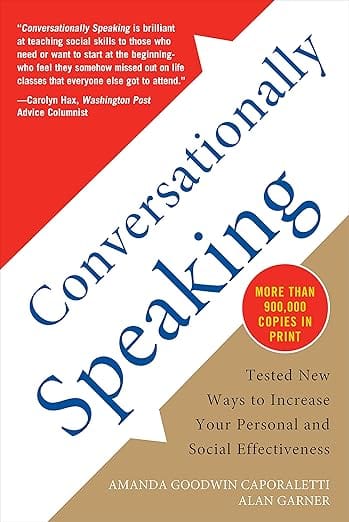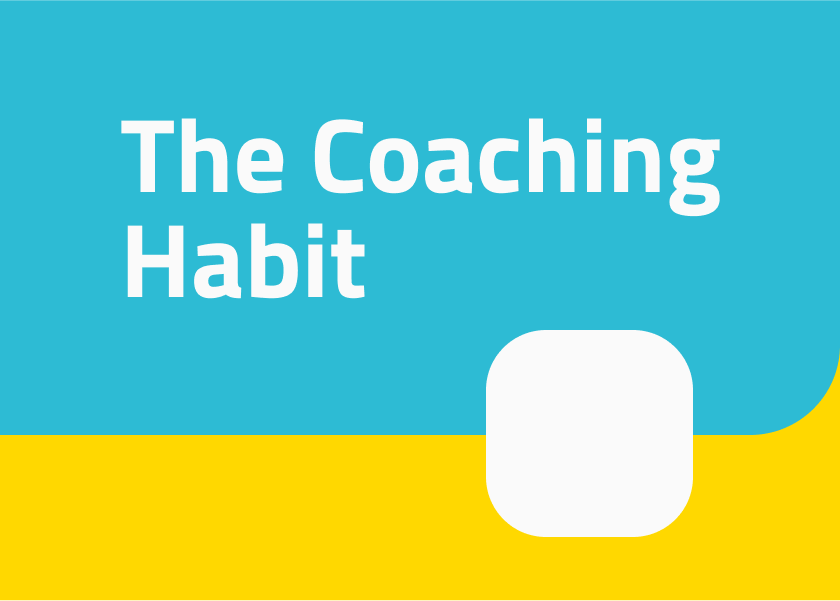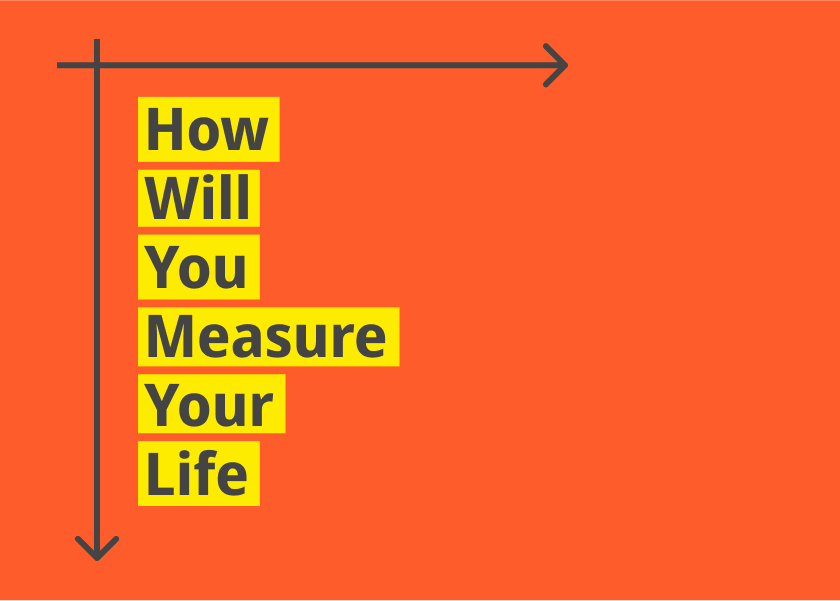Conversationally Speaking by Goodwin Caporaletti and Garner - Summary
Discover the simple skills that can transform your social life. Learn to ask the right questions, deliver honest positives, and truly listen. Master nonverbal cues, resist manipulation, and reduce social anxiety. Unlock the secrets to meaningful conversations and build strong relationships.

The following is a summary and review of the book Conversationally Speaking by by Amanda Goodwin Caporaletti and Alan Garner.
Listen to ShelfHelp's podcast summarising Conversationally Speaking.
The Secret to Meaningful Conversations: Can Anyone Learn the “Gift of Gab”?
Have you ever felt like some people are just naturally gifted conversationalists, while you struggle to keep a conversation flowing? Do you find yourself running out of things to say or feeling like you're conducting an interrogation rather than having a pleasant chat? Conversationally Speaking by Amanda Goodwin Caporaletti and Alan Garner offers a solution, debunking the myth of the "gift of gab" and revealing that conversational prowess is a skill anyone can learn. This article summarises the book’s core concepts so that you can decide if investing in the full book is right for you. You'll learn how to ask better questions, deliver genuine praise, listen actively, and navigate social interactions with confidence.
Table of Contents
- About the Author
- Who Should Read This Book?
- Key Insights and Themes
- Detailed Summary
- Review
- Actionable Takeaways
- FAQs
- Conclusion
About the Author
Alan Garner is not just an author but also a workshop facilitator who has dedicated twenty years to helping people improve their social skills. Conversationally Speaking is a culmination of his work and research in communication and psychology. Garner's approach is straightforward and non-technical, making complex concepts accessible to a wide audience. The book's popularity is underscored by the fact that over 50,000 students have participated in his workshops and the book has been translated into multiple languages.
Who Should Read This Book?
This book is for anyone who wants to improve their social skills and build stronger relationships. Whether you consider yourself shy or outgoing, you'll find valuable insights and practical techniques in Conversationally Speaking. Here are some examples of people who would benefit from this book:
- Individuals who struggle with small talk: If you dread social gatherings because you don't know how to start or maintain conversations, this book will teach you the skills to engage others effectively.
- Those who want to improve their relationships: Whether it's with family, friends, or colleagues, this book will show you how to communicate more clearly, listen better, and create deeper connections.
- Professionals who want to network effectively: In any career, being able to communicate confidently and build rapport is essential. This book provides the tools to make a positive impact.
- People who want to feel more confident in social settings: Learn to reduce social anxiety, make a strong impression, and feel more comfortable in any situation.
Key Insights and Themes
Conversationally Speaking is filled with actionable strategies. Here are some of the key takeaways:
- Conversation is a learned skill: It’s not about innate talent; anyone can become a better conversationalist with practice.
- The power of open-ended questions: Asking the right questions is crucial for engaging others and keeping a conversation going.
- The importance of genuine praise: Delivering honest and specific compliments can significantly improve your relationships.
- Active listening is essential: Truly listening to what others are saying can make them feel valued and understood.
- Nonverbal cues matter: Your body language sends silent messages. Matching it with your verbal communication can drastically improve the connection with others.
- Handling criticism constructively: Learn to respond to feedback without defensiveness.
- Resisting manipulation: Discover strategies to avoid being pressured into doing things you don't want to do.
- The significance of self-disclosure: It is vital to reveal yourself in order to encourage others to do the same.
- Social anxiety can be reduced: Identify and challenge self-defeating thought patterns that contribute to stress in social situations.
Detailed Summary
The book is divided into thirteen chapters, each focusing on a different aspect of conversational skills:
- Asking Questions That Promote Conversation: Avoid closed-ended questions that elicit short answers. Instead, use open-ended questions to encourage more detailed responses. Asking questions such as 'What do you enjoy most about it?' can stimulate conversation. Be specific with your questions to avoid vague answers. For example, instead of asking, “How was your day?” ask, “What was the most interesting thing that happened at work today?”.
- Delivering Honest Positives: Compliment others to make them feel good about themselves and about you. The deepest principle in human nature is the craving to be appreciated, and by satisfying this need, you will become more valued by others. Compliments must be matched by your nonverbal message. Be specific when praising someone, use their name, and be sincere. Start by giving a few compliments and increase the frequency over time. Do not praise someone when you want something from them. Compare their behaviour to others, but do not go overboard.
- Listening So Others Will Talk: Interpersonal communication begins intrapersonally. People encode their ideas, and you then decode them. The goal of active listening is to ensure you understand what they are saying. For example, if someone says, "I want to go home," the response of an active listener might be, "You're not enjoying yourself," which encourages them to elaborate. Active listening demonstrates your acceptance, which encourages others to open up. You can also use active listening by asking people to paraphrase your remarks to ensure they have understood you correctly.
- Taking Advantage of Free Information: When people give you details in conversation, treat them as free information. For example, if someone mentions they are going to bake a cake, you can comment on it. Make a comment or ask a question about this free information to encourage further discussion. Use open-ended questions to get an in-depth response.
- Letting Others Know Who You Are: People want to know about you too: your attitudes, interests, and values. Self-disclosure provides a framework for people to decide what type of relationship they might have with you. Share facts, feelings, and opinions. Don't just recite facts; tell them how you relate to those facts. Talk about yourself in the situation. Avoid projecting a false image, and be specific in your disclosures. Do not hold back for fear of boring the other person.
- Starting Conversations: Seek out people who are likely to be open to talking with you. Observe the other person and ask questions or make comments about what they are doing, wearing, or saying. Avoid opening remarks that talk about yourself.
- Issuing Invitations That Are Likely to Be Accepted: Most people respond in reactive ways, waiting for others to initiate. Successful people are proactive, actively working to bring others into their lives. Be direct when issuing an invitation. Sound casual and start small.
- Handling Criticism Constructively: Criticism is inevitable, so it is important to know how to handle it. Avoid becoming defensive by asking for details, and then agree with their criticism. There are two ways to agree, either with the truth of the criticism or with the critic's right to an opinion. For example, you may agree with the truth that you will be late but that you still want to go dancing.
- Resisting Attempts at Manipulation: People may attempt to manipulate you into doing things you don't want to do. Use the broken record technique to repeatedly state your position without getting drawn into an argument. For example, if someone tries to get you to collect for charity, you can repeatedly state, "I'd rather not collect from the neighbours," whilst acknowledging their points.
- Requesting Change: When your needs are not being met, you need to ask for change. Describe the problem behaviour, and your feelings. For example, state: "When you're late and don't call, it makes me angry because all the food ends up overcooked". Use direct assertions. You can use repeated assertions by restating your point if the other person does not listen to you.
- Conveying Meaning by Motion: Nonverbal communication shapes your relationships. Be aware of your personal space, posture, touch, eye contact, and smiling. If you cross your arms, people will believe you are uncomfortable. Be mindful of how you position yourself. For example, if someone crosses their arms, they may be cold rather than uninterested.
- Reducing Anxiety in Social Situations: People are disturbed by their view of events, not by the events themselves. Challenge any self-defeating beliefs that you have. There are four kinds of self-defeating beliefs: copping out, catastrophising, overgeneralising and demanding. Learn to challenge those.
- Organising Your Efforts: Set concrete goals for using your communication skills. Break down a goal if it appears to be too difficult. Track your progress to see how you are doing. Start now, and don't wait for "one of these days," because that usually means "none of these days".
Review
Conversationally Speaking is a practical and insightful guide to improving social skills. Its strengths include:
- Clear and Accessible Language: Garner avoids jargon, making it easy for anyone to understand the concepts.
- Practical Techniques: The book is full of actionable strategies and examples that you can apply immediately.
- Focus on Key Skills: The book focuses on core skills, like asking open-ended questions and listening actively, which are essential for effective communication.
- Comprehensive Coverage: It addresses various aspects of social interaction, from starting conversations to handling criticism.
However, there are some minor weaknesses:
- Repetition of Concepts: The concepts in the book are presented from slightly different angles, and may sometimes feel repetitive.
- Some examples can feel dated: The book was written in 2017, so some examples feel dated.
- Emphasis on Individual Action: While the book focuses on individual improvement, it could offer more advice about navigating more challenging social dynamics that involve multiple people.
Actionable Takeaways
Here’s how to apply these lessons in real life:
- Start Using Open-Ended Questions Today: Instead of asking yes/no questions, ask "What" and "How" questions to encourage people to share more.
- Make a Habit of Delivering Genuine Praise: Notice the positive qualities of others and compliment them sincerely. Be specific in your praise.
- Practice Active Listening: When someone is talking to you, focus on truly understanding their message rather than formulating your response.
- Be Mindful of Your Body Language: Maintain eye contact, smile, and use an open posture to show you are engaged and approachable.
- Challenge Your Irrational Beliefs: When you feel anxious, ask yourself if your beliefs are based on facts or fear. Replace negative thoughts with more positive and realistic ones.
- Set Realistic Communication Goals: Instead of trying to do everything at once, choose one or two skills to work on each day or week.
- Practice the techniques of asking for details and agreeing to constructively handle criticism: These techniques are based on the work of other communication and psychology experts, for example, Manuel Smith and Ronald Adler.
FAQs
- What is Conversationally Speaking about? Conversationally Speaking is a guide to improving social skills. It teaches you how to ask better questions, listen more effectively, deliver genuine praise, handle criticism, and reduce social anxiety.
- Is Conversationally Speaking worth reading? Yes, if you want to improve your communication skills and build stronger relationships. It offers practical and straightforward techniques that you can apply to improve your social life.
- What is active listening? Active listening involves fully concentrating on what someone is saying, paraphrasing their message to confirm understanding, and responding in a way that shows you are engaged.
- What is a broken record in the context of the book? The broken record technique is a way to assert yourself by calmly and repeatedly stating your position without getting drawn into an argument. It’s used to resist manipulation and avoid being pressured into doing things you don’t want to do.
- What are the SOFTEN behaviours? The SOFTEN behaviours refers to smiling, open posture, forward lean, touch, eye contact and nod. Using these nonverbal behaviours will help you connect with others.
- How can I reduce social anxiety? By challenging your irrational beliefs that result in anxiety, you can reduce your anxiety in social situations.
Conclusion
Conversationally Speaking is a valuable resource for anyone seeking to enhance their social skills and build more meaningful relationships. It reveals that conversational abilities are not innate but rather a set of skills that can be learned and improved. By mastering these skills you will become more effective at interacting with people from all walks of life. Do not delay and start learning today.
As an Amazon Associate, ShelfHelp may earn money from qualifying purchases. Needless to say, ShelfHelp only includes affiliate links to books we recommend and think are worth your time reading.




